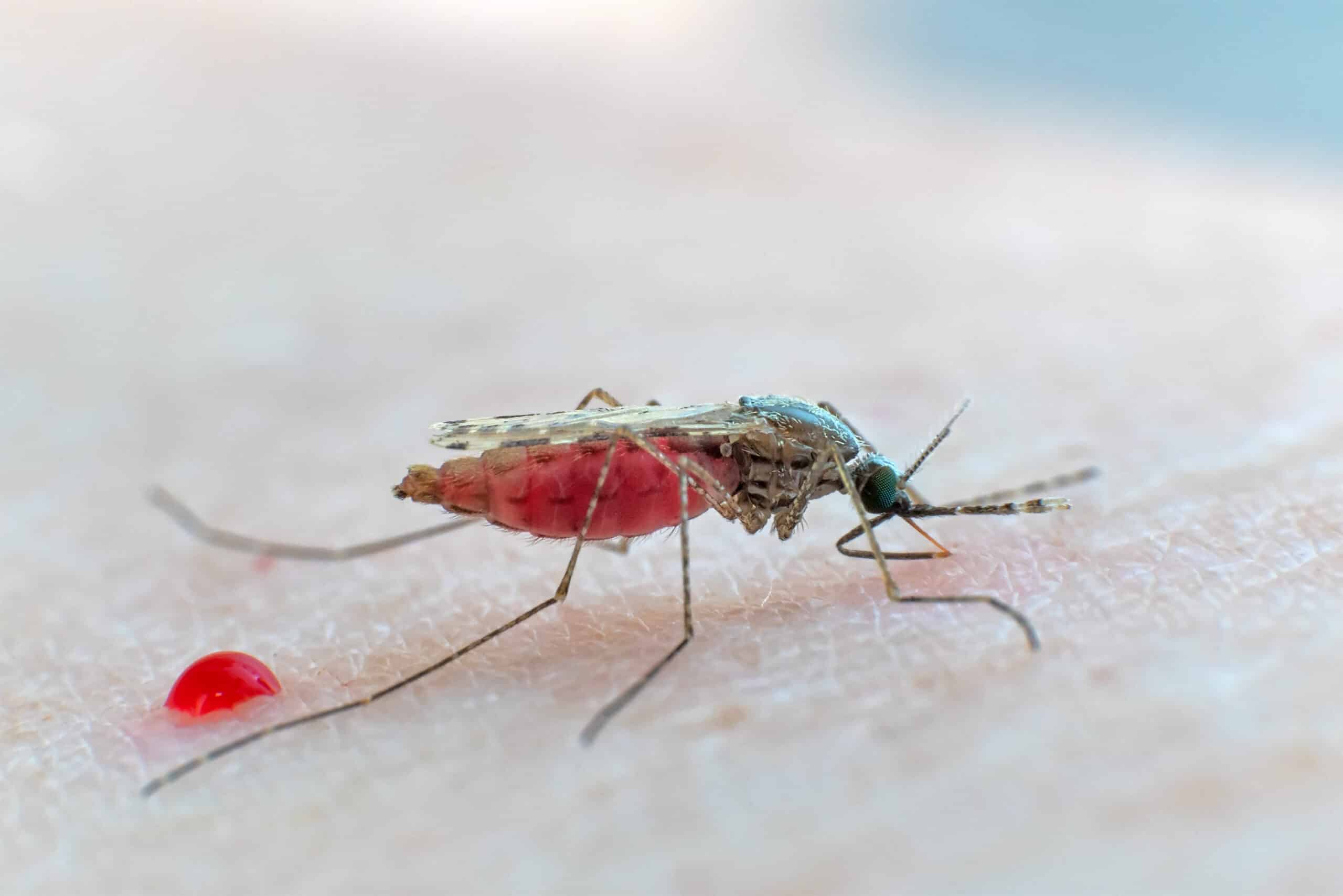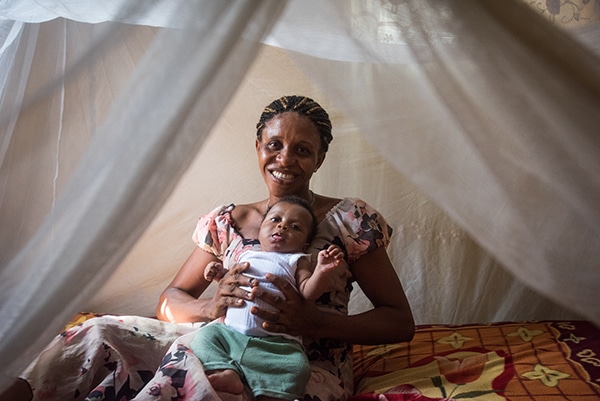With Anopheles stephensi – the Asian malaria mosquito – increasingly being found in sub-Saharan Africa (most recently in Kenya), countries are facing a new infectious threat: Managing a malaria-carrying species that behaves differently than the ones they are used to fighting.
Other species of Anopheles mosquitoes that spread malaria in Africa tend to be found in rural areas, primarily transmit malaria in the rainy season, and bite in the middle of the night while people are asleep, behaviors addressed by sleeping under insecticide-treated bed nets and spraying inside homes.
But An. stephensi poses a distinct challenge: It is often found in urban areas, in the same standing water that breeds Aedes aegypti, the mosquito that carries dengue, Zika and more. It often bites more in the earlier part of the night when people are awake and not protected by bed nets.
As a different challenge requires a different set of solutions, the Johns Hopkins Center for Communication Programs-led Breakthrough ACTION project in February released an evidence-based social and behavior change guidance in response to the threat. The guidance, supported by the U.S. President’s Malaria Initiative (PMI), will help ministries of health and partners promote evidence-based individual, household, and community behaviors to reduce An. stephensi populations to reduce the spread of malaria.
In urban areas, says CCP’s April Monroe, who helped create the guidance, it starts with a mindset change. In some of these locations, malaria hasn’t been considered a threat in the past, but now individuals and health care providers need to know that malaria must be considered a possibility when a fever presents even when the sick person has not recently traveled outside the city. This is important not only for ensuring prompt treatment but also for early detection of malaria outbreaks.
“An. stephensi has the potential to increase cases in areas that have historically been lower transmission areas, and perceived risk of malaria is often quite low in those contexts,” Monroe says. “So, it’s really important to let people know that there is a new threat, and why it’s more important now than ever to be doing some of these malaria-related behaviors.”
As this mosquito expands its range, one model suggests that it could eventually put more than 126 million people in cities across Africa at risk.
The new Breakthrough ACTION guidance was informed by a review of malaria research, but also research into controlling the Aedes aegypti mosquito, which was most recently in the spotlight during the Zika outbreak of 2015 and 2016.
The guidance discusses opportunities to target standing water and storage containers where An. stephensi lays its eggs. Spilling water out of tires, properly covering water storage containers and using safe and proven chemicals in water containers that will not be used for drinking can all be considered. It’s important for individuals, families, and community leaders to understand the benefits of these actions.
“And part of that is communicating,” she says. “When you have information that the threat is there, make sure that you’re communicating in a timely manner, that you’re communicating in clear and precise ways to make sure people have the information that they need to protect themselves. It helps to explain why some of these interventions are being done and, and what they entail. This is critical for building and maintaining trust.”
Across the border from Kenya in Ethiopia, officials recently observed an urban outbreak of malaria during the dry season linked to An. stephensi, something that was not a major concern in the past, she says.
Monroe says that the types of interventions used in combatting An. stephensi must be tailored to the needs of the country and location.
“It’s really important from what we’ve seen in the Aedes literature to be as specific as possible and to avoid general messages,” she says. “General messages about cleaning up your yard, or covering water storage containers can actually do more harm than good. For example, if you have a poorly fitting lid, or one that’s warped, or really isn’t doing the job that it’s supposed to do, it can actually create more breeding sites for the vector. So it’s really important, to make sure that those messages are clear and that they’re specific enough.”





